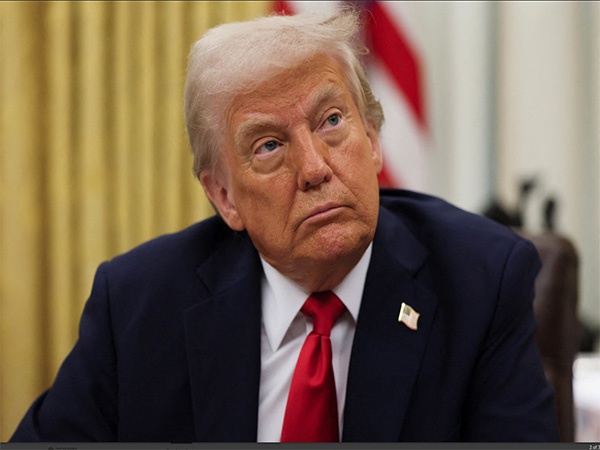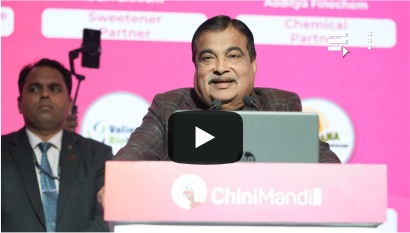New Delhi [India]: The Global Trade Research Initiative (GTRI), a trade-focused think tank, has suggested a 10-point plan to the central government, which it believes, if implemented, can shield India from the impact of US tariffs.
GTRI recommends that the government revive schemes and incentives focused on export promotion, customs reforms, dedicated e-commerce hubs, and stronger trade missions, along with the necessary skills.
These recommendations, if implemented, GTRI believes, will shield jobs and sustain India’s export competitiveness.
The sudden escalation of US tariffs on Indian goods, from barely 3% a year ago to 50% today, has exposed a “critical vulnerability” in India’s export ecosystem, GTRI opined.
The 50 per cent US tariffs on Indian goods came into effect on August 27.
GTRI cited the example of Brazil, which faced the same 50% tariffs from August 1, 2025, asserting that it has responded quickly with a series of strong support actions.
Brazil responded “within weeks with credit support, tax breaks, government procurement, and WTO action, India has yet to announce relief for its exporters,” the Indian think tank said. According to GTRI, Brazil has invoked its Reciprocity Law to consider retaliatory tariffs while also filing a WTO complaint against Washington.
Against this backdrop, GTRI suggested a set of recommendations that will not only help to cushion the tariff shock but also rebuild India’s export competitiveness for a protectionist world.
Coming to the specifics of its recommendations, it sought the activation of the Market Access Initiative (MAI) and the Interest Equalisation Scheme (IES), in addition to implementing the Export Promotion Mission (EPM), Bharat Trade Net, and E-commerce Export Hubs to boost digital and MSME-led exports.
According to GTRI, the Market Access Initiative, which helped exporters participate in overseas exhibitions, has not received any funds in 2024-25, the first such lapse in decades.
“Speed up Customs clearance, make RoDTEP benefits predictable, and simplify the Advance Authorisation Scheme. Also, restructure overseas trade missions with skilled trade professionals,” it suggested.
India’s overseas trade missions remain underfunded and are staffed mostly by generalist diplomats with limited trade expertise, it asserted.
GTRI suggested that India needs to revamp this system by deploying trade professionals with sectoral knowledge and substantially increasing the budget. “A stronger and professionalised network can generate buyer linkages, market intelligence, and support exporters in tackling non-tariff barriers.”
It has agreed that diversifying exports to new markets will not happen overnight. Yet, GTRI believes that by cutting costs by 5-10% through revived schemes, streamlined procedures, and expanded funding, India can buy time and space for exporters to gradually expand beyond the US market.
“The reforms proposed here are not stopgap fixes but strategic investments in India’s export future. If implemented with urgency, they can restore confidence, safeguard jobs, and make Indian products globally competitive, even in the face of mounting tariff wars,” the GTRI note concluded. (ANI)
















